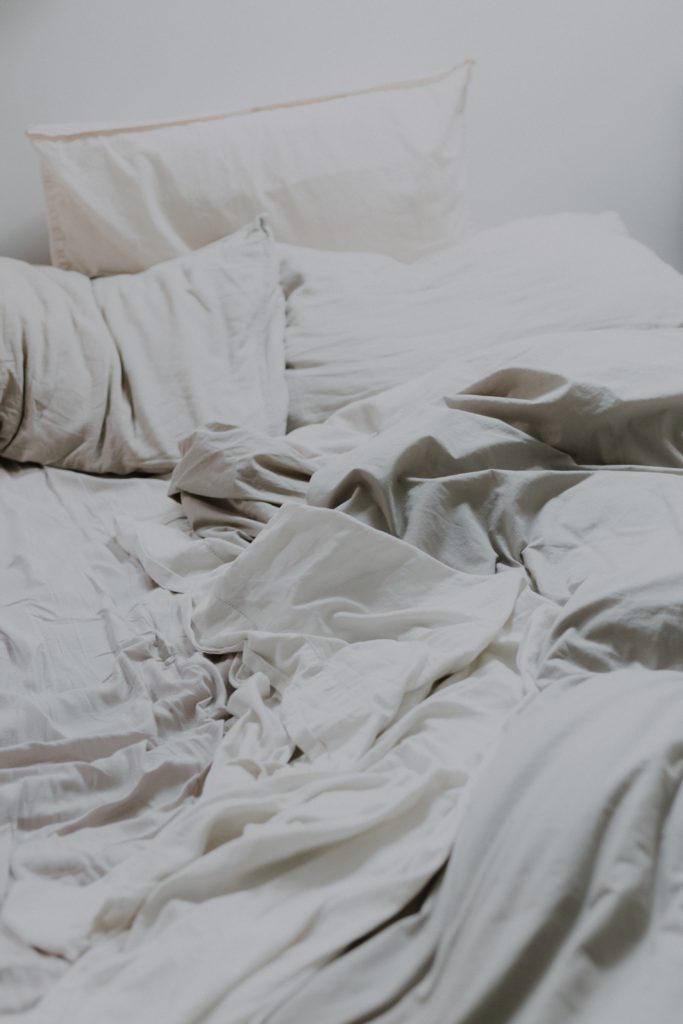Bed Bug Resurgence

Why is there a bed bug resurgence? Bed bugs are nasty little critters. They feed on the blood of humans and animals, including pets. Unlike fleas, they don’t have wings and can’t jump or fly, but they can crawl fast. And once they move in, they’re hard to get rid of. Nearly wiping them out by the end of World War II with the use of DDT, bed bug resurgence in the U.S. began around 2000. Scientists aren’t sure why exactly this happened, but one theory is that increased international travel helped them spread across borders more easily than before as people unknowingly transported infested items from one place to another. Although their bites aren’t known to carry disease like some other insects do (such as mosquitoes), bed bugs are annoying and their presence grosses out most people who know about them or even suspect an infestation is present in their home.
Bed bug resurgence in the United States.
Bed bugs are making a comeback in the United States. As bed bug populations decline, their numbers will rise back up again. This cycle is called an epidemic cycle, and it’s a natural part of dealing with any type of pest.
The good news is that there are ways you can prevent or reduce your chances of getting bed bugs, and if you do have them, there are also things you can do to get rid of them before they become too much trouble.
Bed bugs once nearly vanished but have been on the rise
Bed bugs have been around for thousands of years. In fact, they were a common pest in Europe during the Middle Ages. They are still a problem today in many parts of the world and bed bug resurgence recently made began in the United States.
Bed bugs are small (1/4 inch), oval-shaped insects that feed on human blood. Their bites can be irritating and cause welts to develop; however, they do not transmit disease or pose any serious health risks unless you suffer an allergic reaction to their saliva after being bitten.
No one magic trick to getting rid of bed bugs.
One of the first things to know about getting rid of bed bugs is that there’s not one magic trick. If they were so easy to get rid of, no one would have them!
This means that you need to be vigilant and try many different approaches. You can hire an exterminator (though they can be expensive), or do it yourself with a DIY kit like Bed Bug Bully. Or maybe you’re more of a DIY person who wants to make their own bed bug traps—either way, it’s all good!
If you won’t or can’t hire an exterminator, do it yourself with these steps.
You can take these steps to get rid of bed bugs yourself:
- Use a steamer to kill bed bugs. If you have a steam cleaner, clean all the pieces of furniture in your home, including mattresses and box springs. Don’t forget to clean your clothing and shoes too!
- Use a vacuum to remove bed bugs from mattresses and furniture. After the steam cleaning is complete, use the crevice tool on your vacuum cleaner to get under baseboards and along seams where fabric meets wood or metal. Get into corners too—bedbugs love hiding behind them! Afterwards throw away any vacuum bags that have been contaminated with live or dead bedbugs plus their eggs as well as any items that have been damaged by them (like old comforters). Be sure not only where you sleep but also all surrounding rooms are cleaned thoroughly before moving back into them so there aren’t any other hidden surprises for when you return home after being gone for awhile like myself! Remember those pesky little suckers are very hardy creatures so don’t let up easy even if you think everything looks good because chances are there will still be some left over hiding somewhere waiting patiently until they can make another comeback later down the road…and we all know how much fun those kinds of visits can be (sarcasm).
Cleaning and discarding infested items is core to ridding your home of bed bugs.
Bed bugs can be removed from the home using a variety of methods, including vacuuming and steam cleaning. In addition to these techniques, you should also wash bedding and clothing in hot water, seal infested items in plastic bags for at least five days (to kill any adult bed bugs), throw away infested furniture and electronics, and discard toys that are not machine washable or dry cleanable.
Treat every room in your home as if there were bed bugs lurking in every nook and cranny.
If you suspect that your home may have bed bugs, you should treat every room in your house as if there were bed bugs lurking in every nook and cranny.
- Look behind headboards, night stands, dressers and other furniture for signs of bed bug activity. Signs include black spots from exoskeletons rubbing off (look like tiny black dots), dark brown stains on sheets or mattress where blood was sucked out of them (called excrement) and rust-colored stains on the topside of mattresses and box springs where blood was spilled during feeding. If you find these spots or stains, inspect all nearby surfaces carefully with a flashlight, paying particular attention to seams of fabric where they could hide their eggs (which look like dark spots).
- Check all beds by lifting up mattresses and looking underneath them; also check under pillows for signs of infestation.
- Vacuum carpets thoroughly with an attachment designed specifically for pet hair removal if possible; vacuum areas around furniture; wipe down baseboards with disinfectant wipes if possible
Encase mattresses and pillows in special covers that prevent further infestations and help eliminate current ones.
You should use a mattress encasement that is zippered and has a tight fit. This will help prevent any bed bugs that are on or in the mattress from escaping, as well as keep them from getting in. It should be waterproof, as this prevents any water damage to your mattress. The best encasements also have a double layer of fabric at the seams, which makes it harder for bugs to get through the seams and thus provides better protection against infestations.
Finally, it’s important to make sure your mattress encasement isn’t treated with pesticides—these can actually attract bed bugs instead of repelling them!
Watch for signs of bed bug infestation, including red bites on skin, rusty brown spots on mattress, pillows and sheets and dark spots where the exoskeleton rubs off.
Bed bug bites are usually red and itchy. It’s important to keep in mind that bed bug bites can be mistaken for mosquito bites or flea bites, so don’t assume you have bed bugs just because you think you’ve been bitten. Bed bug bites may be mistaken for herpes sores, but they’re not typically found on the face or hands.
If you think you might have bed bugs, visit a doctor and ask if their symptoms could be caused by something else before doing anything else (like paying thousands of dollars to get rid of them).
When dealing with a bed bug resurgence, call a professional for help.
When dealing with a bed bug infestation, call a professional for help. They can help you identify the bugs, treat your home and belongings, and prepare you for any further problems.
Finding the right company to perform these services is essential to avoid scams and ensure that they do not spread to other areas of your life. Be sure to read reviews online or talk with friends who have dealt with similar situations before hiring someone as part of this process.
It’s also important to take steps toward preventing future infestations from occurring in your home by making sure bedding is washed regularly and vacuuming regularly (as well as cleaning up after everyone). This will help keep any potential eggs from hatching later on down the line!
Even if you don’t have a bed bug infestation in your home, it’s important to be aware of how to prevent them from getting in. For example, when traveling, never put your suitcase on the bed—put it on a luggage rack or tiled floor instead. When buying furniture from secondhand stores or garage sales, inspect it thoroughly for signs of bed bug infestations before purchasing. And always vacuum regularly and wash all your sheets and linens often. If you do notice any signs of an infestation (such as bites on yourself or seeing the bugs themselves), call a pest control professional immediately so they can help you prevent further spread throughout your home!
